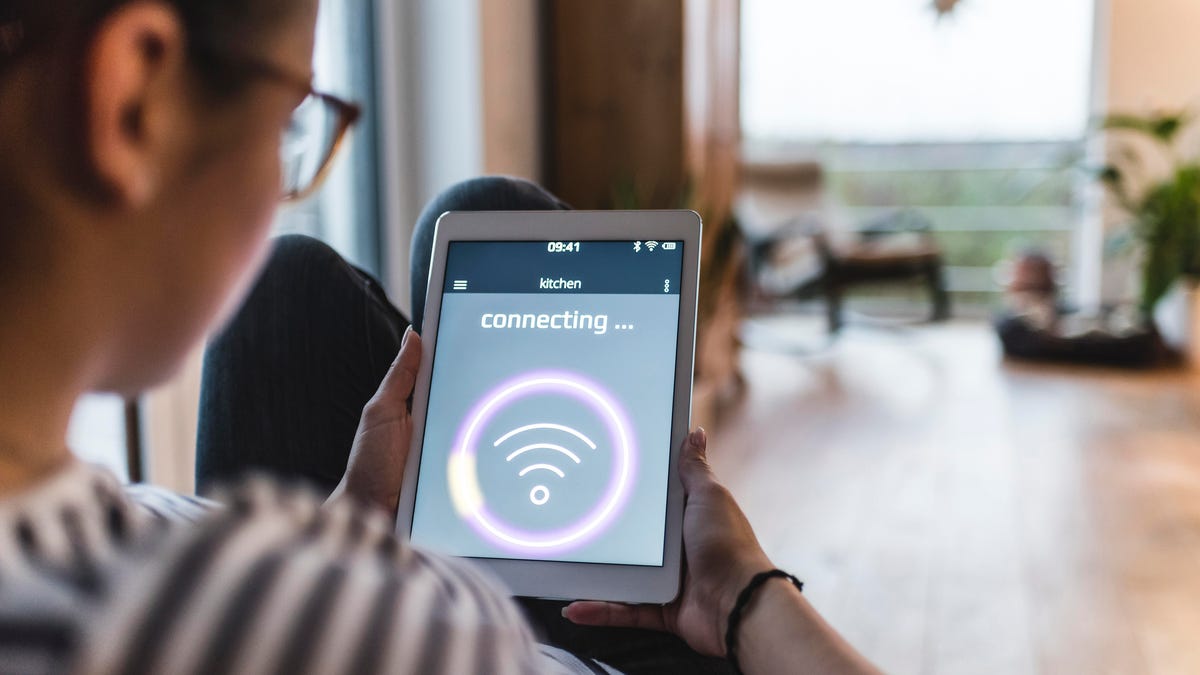FCC votes to free up 5.9GHz spectrum for Wi-Fi
The agency goes against the the Department of Transportation's recommendation, but reserves some airwaves up for car-to-car communications.

The Federal Communications Commission voted Wednesday to free up more spectrum for Wi-Fi. In a bipartisan effort, the five commissioners voted unanimously to allocate spectrum for Wi-Fi usage in what's known as the 5.9GHz band of spectrum.
The spectrum in this band will be used for unlicensed indoor use to help improve speeds and reduce congestion on 5GHz Wi-Fi networks. For more than two decades the spectrum has been set aside for vehicle-to-vehicle and vehicle-to-infrastructure communications using a technology known as Dedicated Short-Range Communications, or DSRC.
As part of the order, the FCC will allocate the lower 45MHz of the spectrum for Wi-Fi. There will also be a 30MHz sliver of spectrum for another vehicle communication technology called C-V2X, which is supported by chipmaker Qualcomm and some automobile makers.
Although all FCC commissioners were in agreement in reallocating the spectrum for unlicensed broadband use, the vote has not been without controversy. The US Department of Transportation has opposed the reallocation of spectrum.
But FCC Chairman Ajit Pai has repeatedly stated that the DSRC technology has been slow to evolve and has never been widely deployed. He has argued that freeing up a good portion of the spectrum for Wi-Fi is necessary, especially during the COVID-19 pandemic when more people are using broadband to do remote schooling and virtual work.
"Today, at long last, we say in a unified, bipartisan voice: Time's up," Pai said.
In April, the agency voted to unlock a massive amount of bandwidth for next-gen Wi-Fi devices, quadrupling the amount of spectrum available for unlicensed use.
One C-V2X industry group, the 5G Automotive Association, had lobbied against new Wi-Fi use that its members fear will conflict with C-V2X radio communications. It'll now review the FCC's order to try to make the best of the situation. "Our priority remains speeding the availability of C-V2X to American road users under parameters that responsibly guard against interference caused by Wi-Fi," the 5GAA said in a statement.
WifiForward, another industry group whose backers include Google, Comcast and Microsoft, was happier. "Today's vote will create the first usable 160MHz wide Wi-Fi channel that operators can bring online quickly to make our networks even better and faster," WifiForward said in a statement Wednesday.
CNET reporter Stephen Shankland contributed to this report.
See also: The best Wi-Fi range extender for almost everybody

